Automotive Castings and Parts Manufacturing
KEMING is dedicated to providing comprehensive solutions in the automotive industry, specializing in both prototyping and full-scale Casting parts production. Our expertise extends to producing complex shapes with thin walls, suitable for high-temperature and high-stress environments typical in the automotive industry. Their parts are widely used in engine components, transmission parts, and other critical automotive systems, contributing to improved fuel efficiency and overall vehicle performance.
KEMING manufactures a wide range of automotive casting components, including flanges, pumps, auto parts, and truck parts. We offer end-to-end support tailored to meet diverse project requirements. Our commitment to excellence makes us a trusted partner at every stage of automotive design and manufacturing.
Automotive Parts with Precision Casting Technology
Investment casting is favored in the automotive industry because it allows for intricate shapes with exceptional dimensional accuracy, supports a wide range of metals including aluminum, steel, and nickel alloys, and contributes to weight reduction for improved fuel efficiency. It also reduces the need for secondary machining, lowering production costs and material waste. Automotive components produced through investment casting include a broad range of critical parts across various vehicle systems due to the process’s ability to create complex, precise, and lightweight components.
Engine Components
Cylinder heads, intake manifolds, exhaust manifolds, camshafts, turbine wheels, impellers, and engine blocks are commonly investment cast. These parts benefit from the process's precision and ability to withstand high temperatures and stresses.
Transmission Components
Gear housings, gears, shafts, clutch components, and gearbox housings are produced with investment casting for their high dimensional accuracy and durability.
Suspension Parts
Control arms, knuckles, brackets, and steering components are made using investment casting to achieve lightweight yet strong parts with complex geometries.
Fuel and Exhaust Systems
Turbocharger housings, catalytic converter bodies, and exhaust manifolds are investment cast to endure extreme temperatures and corrosive environments.
Brakes and Safety-Critical Components
Brake calipers, rotors, ABS housings, and other safety-critical parts require the precision and reliability that investment casting provides.
Other Components
Fuel injectors, decorative trim pieces, driveshafts, shift forks, rocker arms, outer doors, and body panels can also be produced via investment casting, especially when complex shapes and tight tolerances are required.
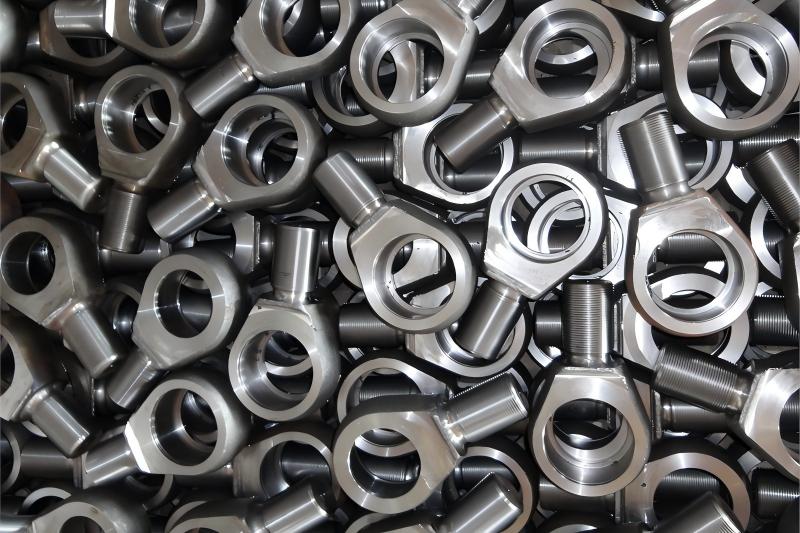
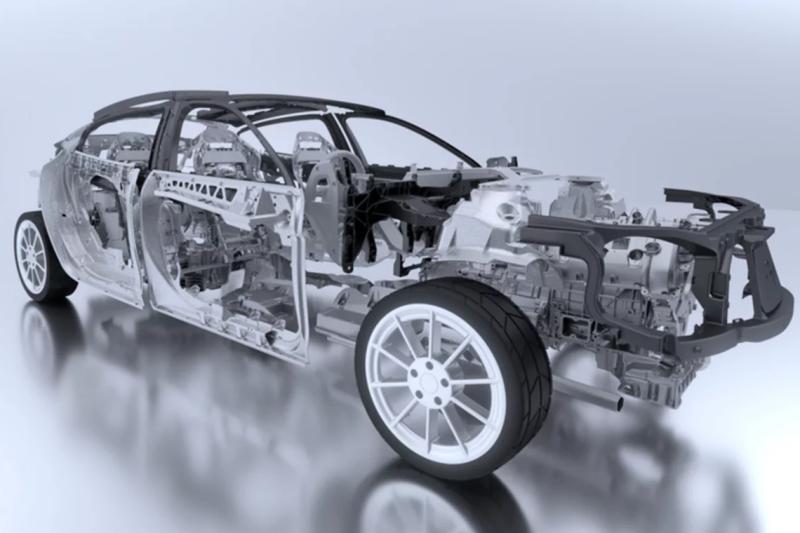
Example Parts of Automotive Casting by KEMING
We have 20 years of casting experience. This experience helps us ensure high-quality products.
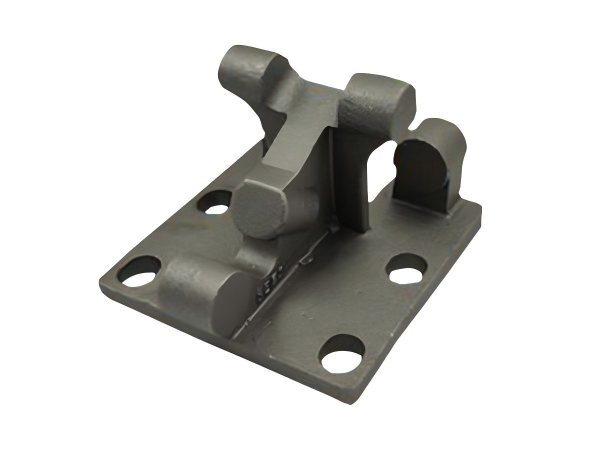
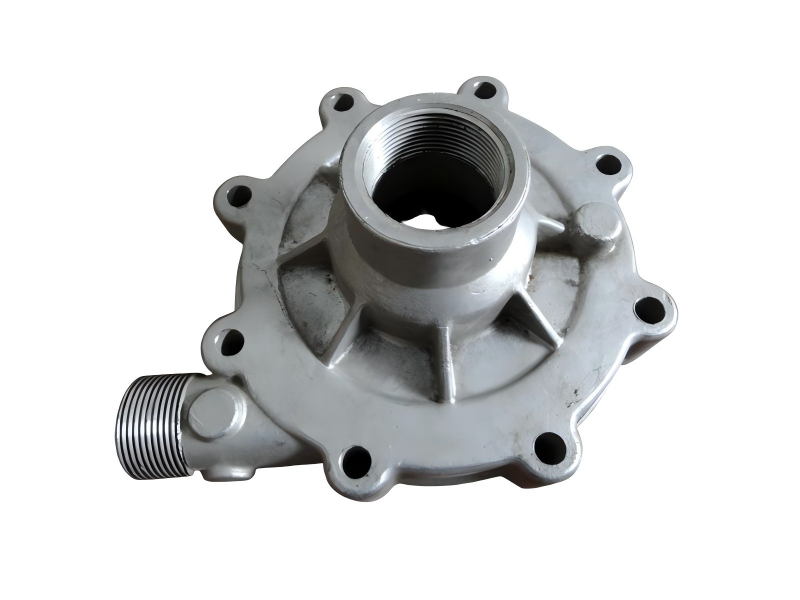
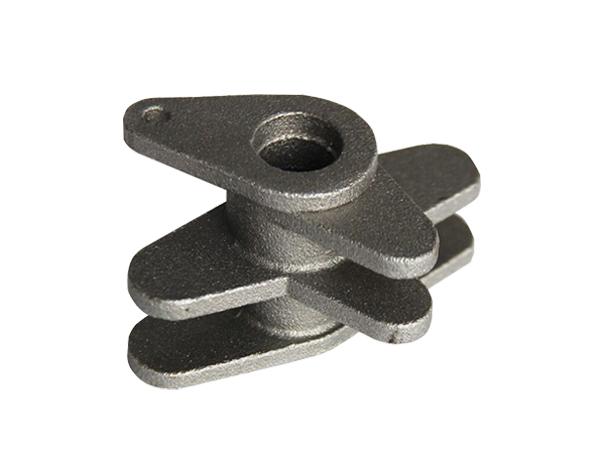
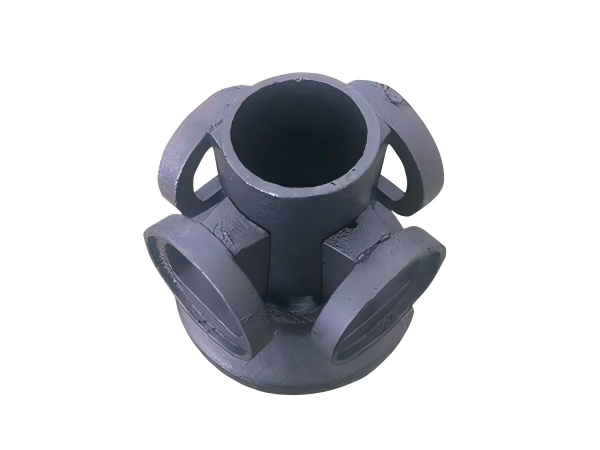
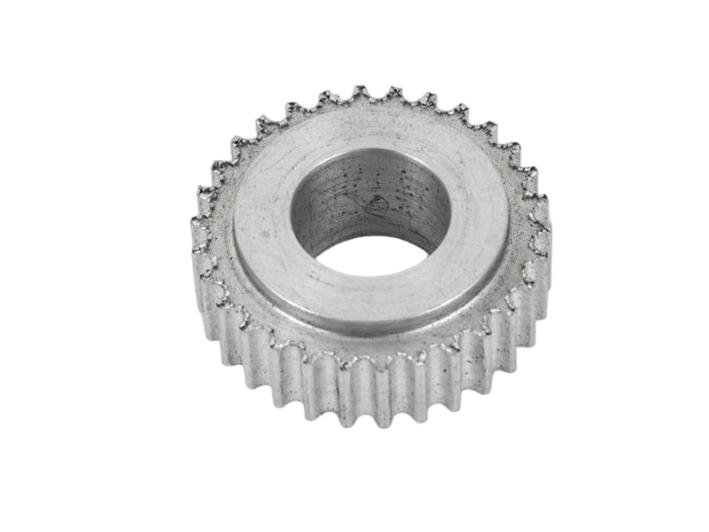
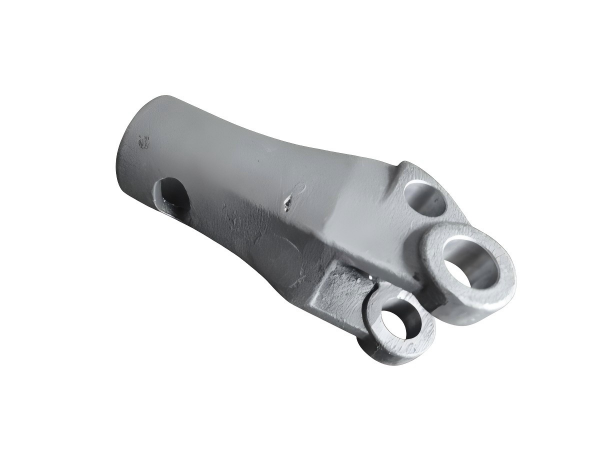


Why Choose KEMING as Automotive Castings Manufacturer
Keming operates a 5000 square meter modern factory staffed with over 50 highly skilled employees, specializing in the production of precise lost wax investment castings using carbon and low alloy steel materials.
The company boasts an annual production capacity exceeding 2000 tons, supplying high-quality precision automotive castings to customers worldwide, including major markets such as Europe, America, and Japan.
Equipped with advanced CNC machiningtechnology, including 30 precision lathes and 10 CNC machines, Keming ensures high precision and quality control meeting international standards like ASTM, DIN, and JIS.
With over 100 raw materials and 5000 product types developed, Keming offers customized casting solutions, backed by ISO 9001 certification and over 20 years of export experience in automotive parts.
Manufacturing Capabilities for Automotive Casting Project
We excel in various Casting techniques to bring your designs to life quickly.
We will work together – and with you – throughout every step of the automotive design and development process.

Automobile Investment Casting
It produces highly precise, complex, and lightweight parts with excellent surface finish and tight tolerances, ideal for engine, transmission, and suspension components, enhancing performance and fuel efficiency.
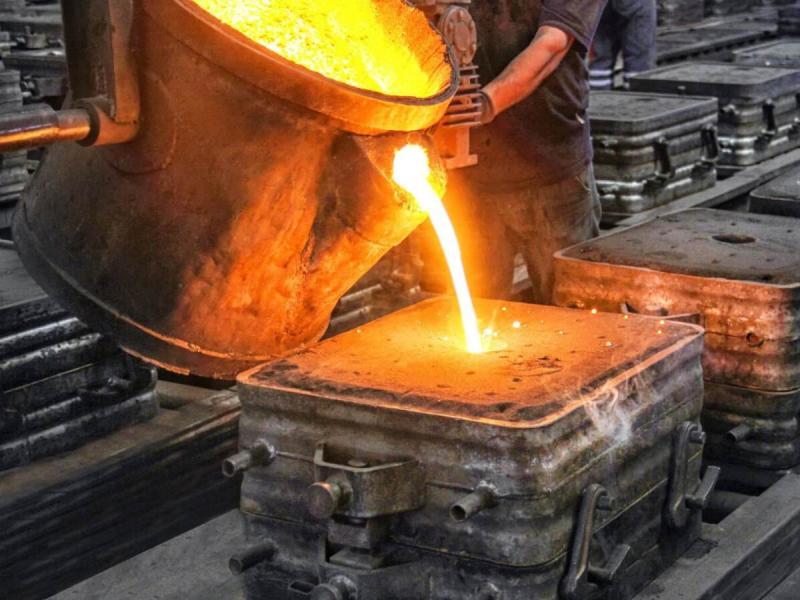
Automobile Shell Casting
Shell casting offers a cost-effective method to create thin-walled, durable parts with good surface quality, suitable for medium-complexity automotive components requiring strength and moderate precision.
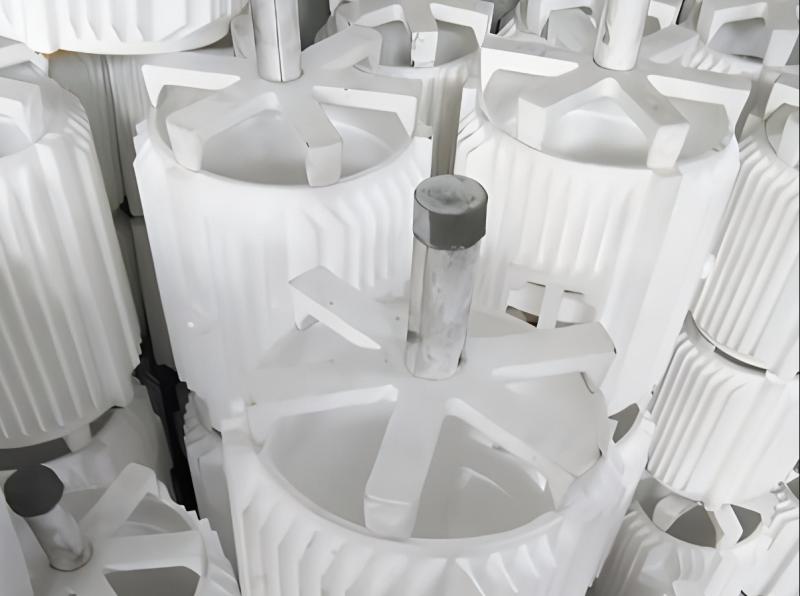
Automobile Lost Foam Casting
Lost Foam Casting enables near-net-shape production with minimal machining, excellent for producing complex shapes with reduced tooling costs and material waste, supporting efficient mass production of automotive parts.
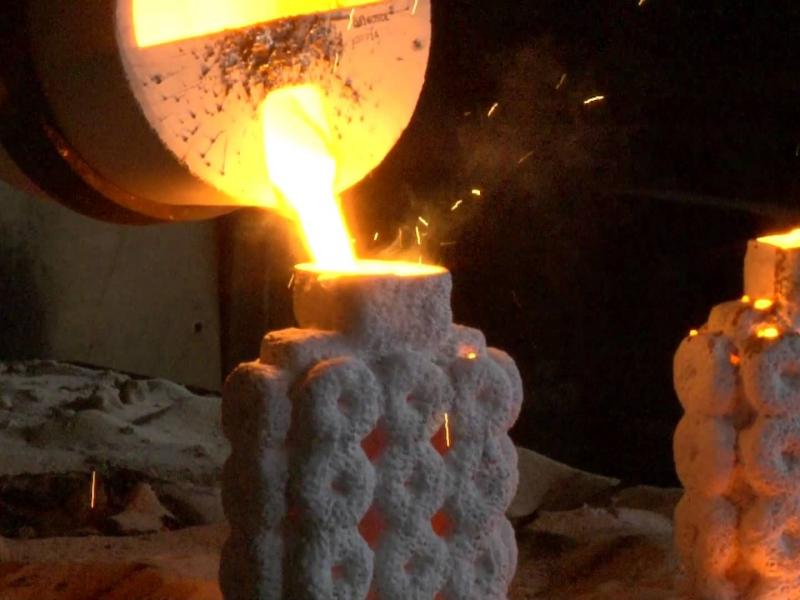
Automobile Lost Wax Casting
Lost wax casting excels in producing intricate, high-precision components with superior surface finish and dimensional accuracy, allowing for lightweight, durable parts that improve vehicle performance.
Automotive Casting Metal Materials provided by KEMING
KEMING provides high-quality automotive casting metals, specializing in durable and precise parts such as engine blocks, transmission cases, and suspension components. Our products are made using advanced casting techniques including precision casting, sand casting and investment casting. Common materials include gray iron, ductile iron, austempered ductile iron, compacted graphite iron, aluminum, magnesium, stainless steel, carbon steel, and various alloy steels. These materials are chosen for their strength, wear resistance, corrosion protection, and ability to withstand high temperatures. We focus on delivering reliable, efficient, and customized casting solutions for the automotive sector, supported by skilled professionals and modern technology.
Metal Type
Recommended Processes
Example Parts
Steel
Investment Casting, Shell Sand Casting
Turbocharger parts, exhaust valves
Stainless Steel
Investment Casting, Shell Sand Casting
Gears, crankshafts, connecting rods
Alloy Steel
Shell Sand Casting
Gears, crankshafts, connecting rods
Carbon Steel
Shell Sand Casting
Engine mounts, brackets
Grey Iron
Shell Sand Casting, Lost Foam Casting
Engine blocks, brake drums
Ductile Iron
Shell Sand Casting,Lost Foam Casting
Suspension parts, steering knuckles
Aluminum
Shell Sand Casting, Lost Wax Casting
Engine blocks, wheels, transmission cases
Surface Treatments for Automotive Casting Parts
KEMING’s expertise in diverse casting methods and surface treatments allows automotive manufacturers to select finishes tailored to the performance, aesthetic, and durability needs of their cast components. Sandblasting and electro-galvanizing offer robust, protective finishes for functional parts, while precision and shell mold casting paired with polishing or chemical treatments deliver high-quality surfaces for consumer-facing components. This flexibility ensures that KEMING can meet the stringent requirements of automotive applications across the board.
Sandblasting and Shot Blasting for Surface Preparation and Uniform Texture
KEMING provides sandblast and shot blast surface treatments, which are excellent for removing surface scales and preparing castings for further finishing. These methods create a uniform matte texture that improves paint or coating adhesion and enhances corrosion resistance.
- Why choose this: Sandblasting is cost-effective and suitable for large production runs, offering consistent surface roughness that balances aesthetics and functionality.
- Advantages: Improves surface cleanliness, removes burrs, and enhances subsequent coating performance.
- Suitability: Ideal for functional and commercial grade automotive parts where a robust base finish is needed.
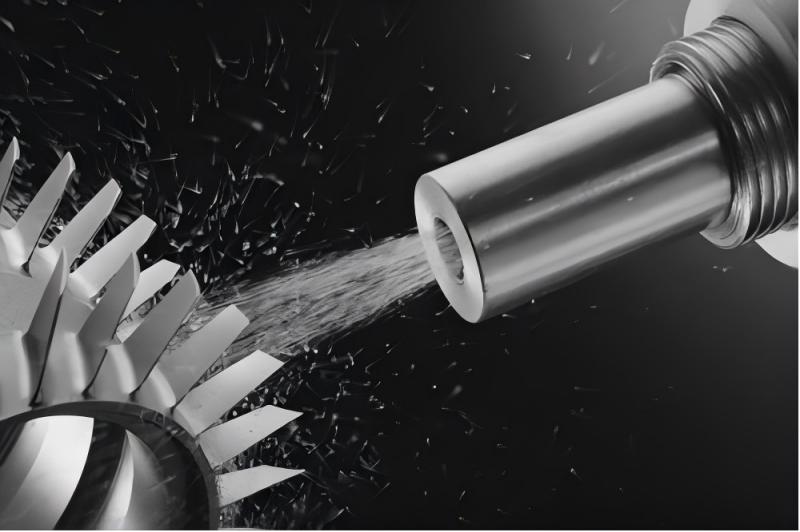
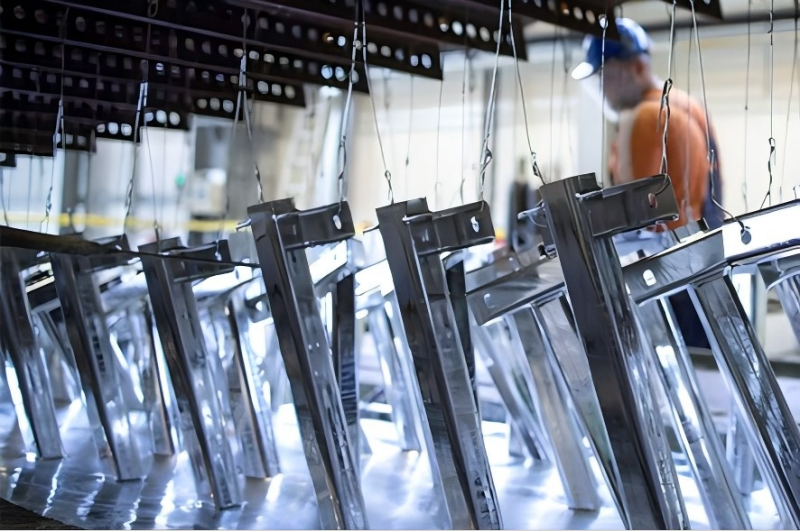
Electro-Galvanizing and Anti-Rust Oil Paint for Corrosion Protection
KEMING offers electro-galvanized coatings and anti-rust oil paint finishes, which are crucial for automotive castings exposed to harsh environments. These finishes extend the lifespan of components by preventing rust and corrosion.
- Why choose this: Precision casting inherently offers superior surface finish compared to other casting methods, reducing the need for extensive post-processing.
- Advantages: High dimensional accuracy, smooth surface texture, and excellent aesthetic appeal.
- Suitability: Perfect for visible trim, engine covers, or components requiring a premium look.
Building High-Quality Consumer Grade Parts with Post-Casting Finishing
KEMING’s precision casting combined with machining and polishing can achieve smooth, burr-free surfaces suitable for decorative or visible automotive components. This approach supports consumer-grade finishes where appearance and tight tolerances are critical.
- Why choose this: Electro-galvanizing provides a thin, uniform zinc coating that protects steel castings without significantly altering dimensions. Anti-rust oil paint adds an additional protective layer.
- Advantages: Enhances durability, maintains mechanical integrity, and supports automotive safety standards.
- Suitability: Best for structural and functional parts that demand long-term corrosion resistance.
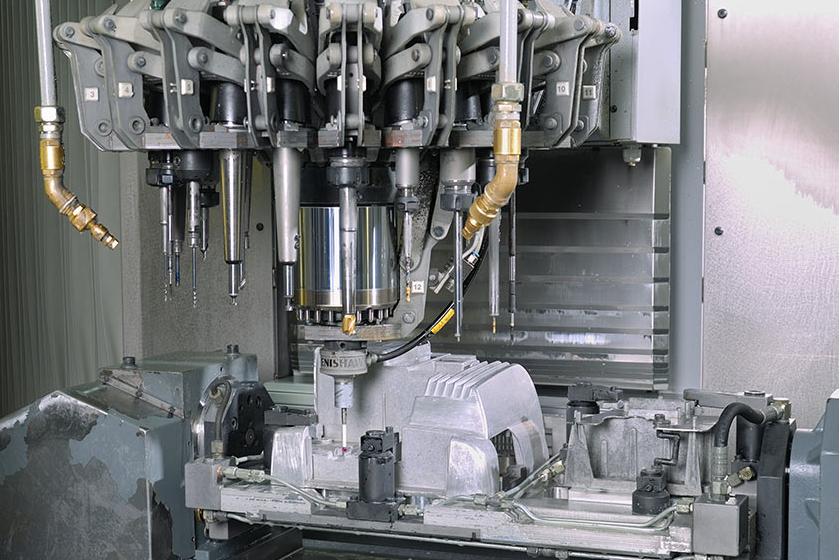
FAQs About Automotive Castings

What are automotive castings?
Automotive castings are metal components used in vehicles, produced by pouring molten metal into molds to form parts with specific shapes and dimensions. This process allows for the creation of complex, precise parts with minimal material waste, essential for various automotive components such as engine blocks, transmission housings, and suspension parts.
What types of automotive parts are commonly made by casting?
Typical cast parts include engine blocks, transmission housings, suspension components, steering knuckles, brake calipers, intake and exhaust manifolds, turbocharger parts, and structural elements. These parts benefit from casting’s strength, durability, and precision.
What materials are typically used for automotive castings?
Materials are chosen based on strength, weight, durability, and performance needs. Typical materials used for automotive castings include aluminum alloys, cast iron, steel, zinc alloys, and magnesium alloys. Aluminum is favored for its lightweight, corrosion resistance, and good thermal conductivity, making it ideal for engine blocks, wheels, and transmission cases. Cast iron, especially gray and ductile iron, is used for engine blocks and brake components due to its wear resistance and vibration damping. Steel castings provide high strength and toughness for structural parts.
How is quality controlled in automotive castings?
KEMING quality control in automotive castings involves multiple techniques: visual inspection to detect surface defects; dimensional inspection using tools like CMMs and laser scanning to ensure precise measurements; and non-destructive testing (NDT) methods such as X-ray, ultrasonic, and magnetic particle testing to find internal flaws. Additionally, mechanical property tests (hardness, tensile strength) and process controls monitor casting parameters to prevent defects. Statistical process control (SPC) is also used to maintain consistent quality throughout production.
What finishing operations are available for Automotive Casting?
Automotive casting finishing operations by KEMING include removing excess material such as runners and risers using band saws or chop saws, deburring to eliminate sharp edges and flash, and fettling for cleaning parting lines. Surface treatments like shot blasting, grinding, sanding, and polishing improve appearance and dimensional accuracy. Additional finishes include powder coating, painting, anodizing, plating, and conversion coatings to enhance corrosion resistance, wear resistance, and aesthetics.
What is the production lead time for Automotive Casting?
The typical production lead time for Keming Automotive Casting, specifically for investment casting, is around 35 days after sample approval for mass production. This includes multiple stages such as mold making, casting, and post-processing to ensure quality and precision. Peak season lead time for casting parts can be within 15 workdays, depending on order volume and complexity.
Put Your Auto Parts Into Production with KEMING Today
All information and uploads are secure and confidential.
